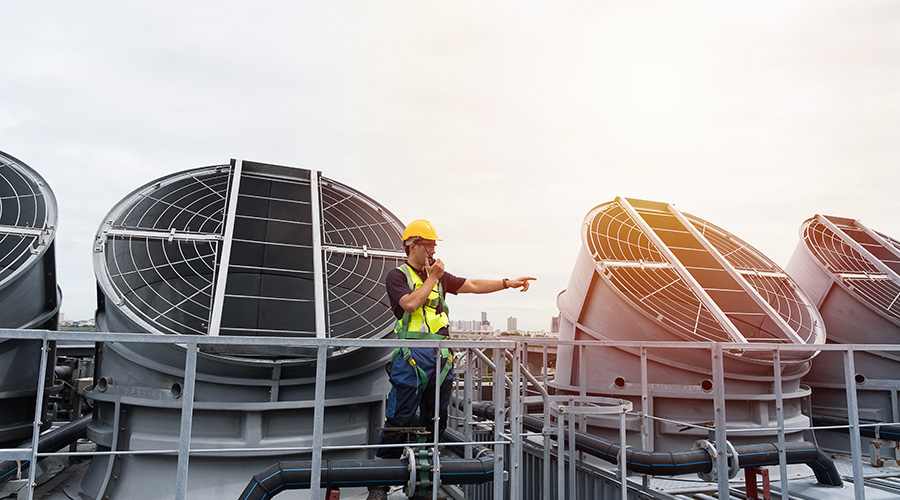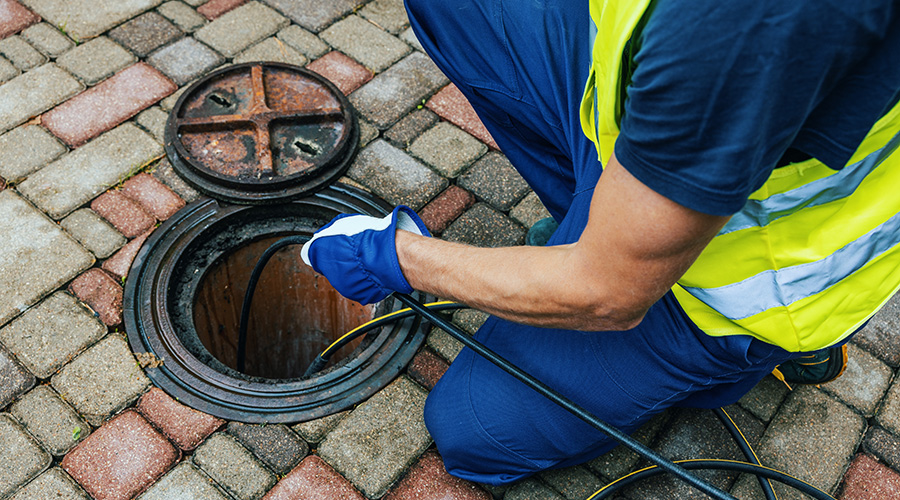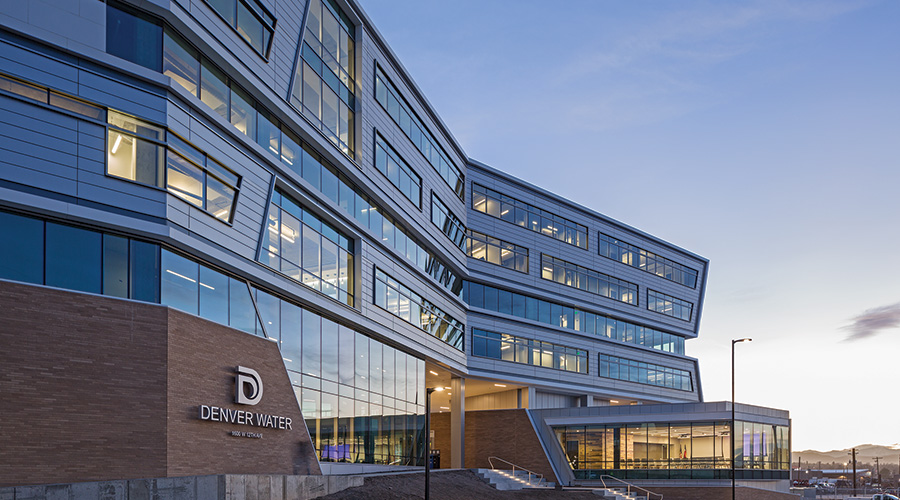Restrooms: 1.6-Gallon-Per-Flush Toilets Improve Water Conservation
One common target for reducing water use in commercial buildings is toilets. The 1.6-gallon-per-flush (gpf) toilet has helped reduce water and sewer flows for 20 years. Before the 1.6-gpf requirement, fixtures used 3.5-7 gpf, and many facilities still feature these units. In renovation projects, managers should remove old fixtures that use more than 1.6 gpf and replace them with more efficient alternatives.
Managers should be aware of incentives from local utilities to replace these fixtures. Some municipal water and sewer districts have realized it costs less to offer rebates and replace fixtures than it does to upgrade the water and sewer infrastructure to meet new water and sewer regulatory demands. Most of these rebate plans require high-efficiency toilets (HET).
Manufacturers have upgraded fixtures to improve their performance. Manually operated fixtures, which operate only when the user activates the handle, are common in commercial restrooms. But occupants do not always flush these fixtures after use, leading to cleanliness concerns.
By contrast, sensor-activated fixtures do not require users to touch the fixture and are designed to flush after every use. But water-efficiency concerns exist with sensor-operated fixtures because they sometimes flush several times with one use.
Managers can avoid sensor malfunctions by specifying an improved sensor. For example, managers could specify an infrared sensor with a three-second delay. Other fixtures operate after a user waves a hand near the valve. Managers also should consider battery-operated fixtures, which operate during a power outage.
Some fixtures operate with solar cells or water flow. These fixtures do not require as many battery changes and can operate during a loss of power. It is important to coordinate cleaning chemicals and methods with sensors because some methods can damage sensor lenses and cause them to fail.
Related Topics:

















